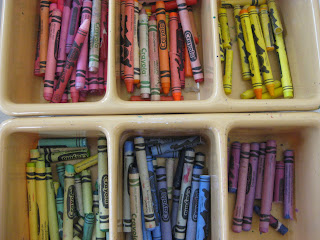2. Open www.Picnik.com in your browser
3. Click "Get started now"
5. Select your file, which should be on the Desktop
9. Now click on the "Save and Share" tab. Give your file a title and save to the Desktop.
10. Open image on your desktop and Print to MS Hall 02. Be sure to change the orientation of your image so that it prints as large as possible. (click on the orientation button on the middle of the screen below.
11. PRINT 2 COPIES!!
12. Give your image to Miss Tobin so that she can it down to size
13. Place a piece of vellum over your image. Using an ultra fine Sharpie, trace each section of Value.
14. Make a 2" x 2" grid on a piece of white paper using a ruler and a hard pencil (H or harder)






















































